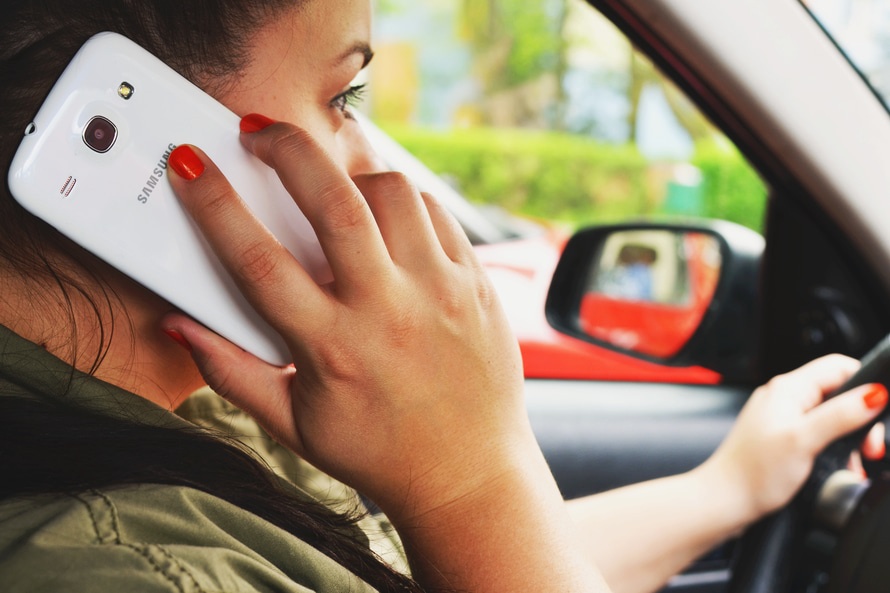With the continued growth of mobile devices and our obsession to know what’s happening every second outside of our immediate surroundings, distracted driving continues to be a growing concern. In 2014, there were over 30,000 fatalities with a direct link to distracted driving. Another 430,000 accidents that resulted in serious injury involved distracted driving.
Even knowing the danger, drivers and pedestrians are turning away to look at their screens when their eyes should be on the road. The National Highway Traffic Safety Administration has estimated that, at any given moment, over a half million drivers take their eyes off the road to manipulate a device. A recent survey showed that 98 percent of people know texting and driving are a bad idea, but 49 percent of those surveyed still did it. (Actual numbers could be higher as it is known that respondents taking surveys about bad behavior are less likely to admit they indulge in a dangerous habit.)

One sad fact is the only driver that really considers the risk they are taking are the ones that actually know. Only a driver who has never seen the ramifications of selfishly going to read an email believes that’s far more important than focusing on barreling down the road in a body of metal weighing thousands of pounds.
Not surprisingly, distracted driving is only not having an impact on our physical safety, it’s affecting our economies as well. Insurance giant GIECO reported a drop in profit that totaled $460 million over a 12 month period. They attribute a significant portion of the loss to distracted driving accidents. If this is happening to GIECO, it’s likely happening across their industry. That means you can expect your car insurance quote to go up noticeably as raising premiums is the insurance industry’s first step to recover losses.
The biggest problem here is perception. The majority of drivers truly believe they can manage both a car and device at the same time. Many of us think we’re safe because we reach for our devices when moving at slower speeds or at a complete stop. The idea we’re less likely to have a mishap at this moment is wrong. In fact, the highest frequency of pedestrian accidents take place at these times. The pedestrians themselves have become a part of the problem with distracted walking. The state of New Jersey has actually proposed a bill against distracted walking because of the many accidents that have resulted from it.

The only real way to decrease the possibility of accidents in this category is to stop assuming there’s a moment when it’s okay to check our devices while behind the wheel. Never assume you can multitask when driving a vehicle.
Another way to minimize risk on the road is to utilize apps capable of tracking, analyzing and reporting driver behavior.
Another way to minimize risk on the road is to utilize apps capable of tracking, analyzing and reporting driver behavior. Drivers can get assessments of their habits behind the wheel, using the very devices capable of distracting them. It’s a solution similar to one used by athletes to track how their exercise regimens are going. Drivers get pertinent information about their riding behavior. This will maximize self-awareness of risk. One could also turn to an iDirect service or another autonomus solution. This tech is being integrated into many new vehicles, letting drivers use devices without ever taking their hands off the wheel or eyes off the road.
Ultimately, the best method for completely avoiding distracted driving is to shut your device off when behind the wheel and leave it out of sight. You are significantly less likely to be distracted if the screen isn’t in your peripheral.


